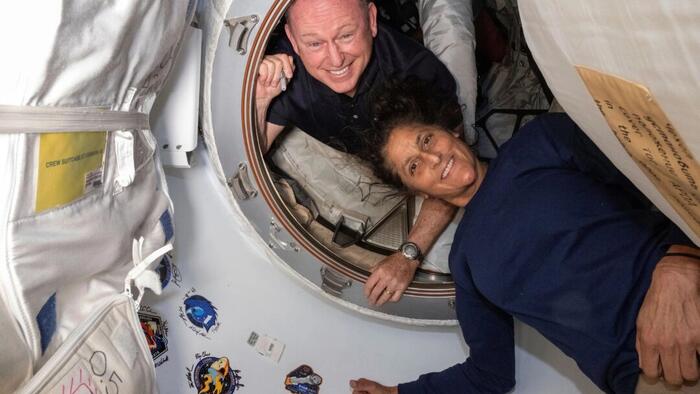In a recent update, NASA announced significant delays in the return of two astronauts who have been stranded aboard the International Space Station (ISS) for months. Initially, astronauts Butch Wilmore and Suni Williams were anticipated to return shortly after launching to the ISS on a Boeing-designed Starliner spacecraft in June 2024. Various technical issues, including helium leaks and malfunctioning reaction control thrusters, have extended their mission considerably. NASA had originally planned for their return by September but ultimately decided to send the Starliner back without crew due to these complications. As a result, the revised timeline indicates a potential return date in March 2025, meaning they will have spent over nine months in space.
The delays have stemmed from the processing of SpaceX’s Dragon spacecraft, which is critical to the upcoming Crew-10 mission, initially slated for launch in February 2025. NASA indicated that necessary preparations for the Dragon vehicle, set to arrive in early January, had not yet been completed. This postponement is seen as part of the intricate and labor-intensive process of ensuring a spacecraft is ready for flight. Steve Stich, the manager of NASA’s Commercial Crew Program, emphasized the importance of thoroughness and diligence in spacecraft assembly, expressing gratitude for the efforts made by the SpaceX team as they build the Dragon fleet to support ongoing missions.
NASA had contemplated utilizing an alternative SpaceX spacecraft to facilitate an earlier return for Wilmore and Williams, but ultimately opted to wait until the Dragon was completely prepared, pushing the launch of Crew-10 to late March. This decision underscores the challenges of spacecraft readiness and highlights NASA’s commitment to safety and operational integrity when it comes to crewed missions in low Earth orbit. As such, upon their eventual return, Wilmore and Williams will have to adapt to the extended time spent away from Earth and the experiences that come with such a unique mission.
On September 30, 2024, NASA launched the Crew-9 mission, carrying astronaut Nick Hague and Roscosmos cosmonaut Aleksandr Gorbunov to the ISS to partake in vital research and technology demonstrations. This mission is part of NASA’s ongoing efforts to maintain an active presence aboard the ISS, where both Crew-9 and the stranded Crew-10 teams will need to collaborate closely. It has been planned that Crew-9 will not return home until after Crew-10’s arrival at the station, to allow for a seamless transition and information exchange between the two teams.
During the handover period, Crew-9 is expected to offer insights and lessons learned from their time on the ISS to Crew-10, enhancing the overall performance and continuity of scientific activities aboard the station. However, specifics regarding the duration of this handover have not been disclosed by NASA. This transition is integral to ensuring ongoing scientific research and maintenance work at the ISS is carried out effectively without disruption.
As the space agency navigates through these delays and technical challenges, it becomes clear that NASA remains focused on long-term operational objectives and the safety of its crew members. The extension of Wilmore and Williams’s mission exemplifies both the unpredictability and complexity of human spaceflight missions. It highlights the collaborative efforts between NASA and its commercial partners, which are vital in ensuring the success and sustainability of future missions in low Earth orbit. The upcoming months will be crucial as the agency works toward the safe return of its astronauts and the successful operation of the Crew-10 mission in the face of these unprecedented delays.

